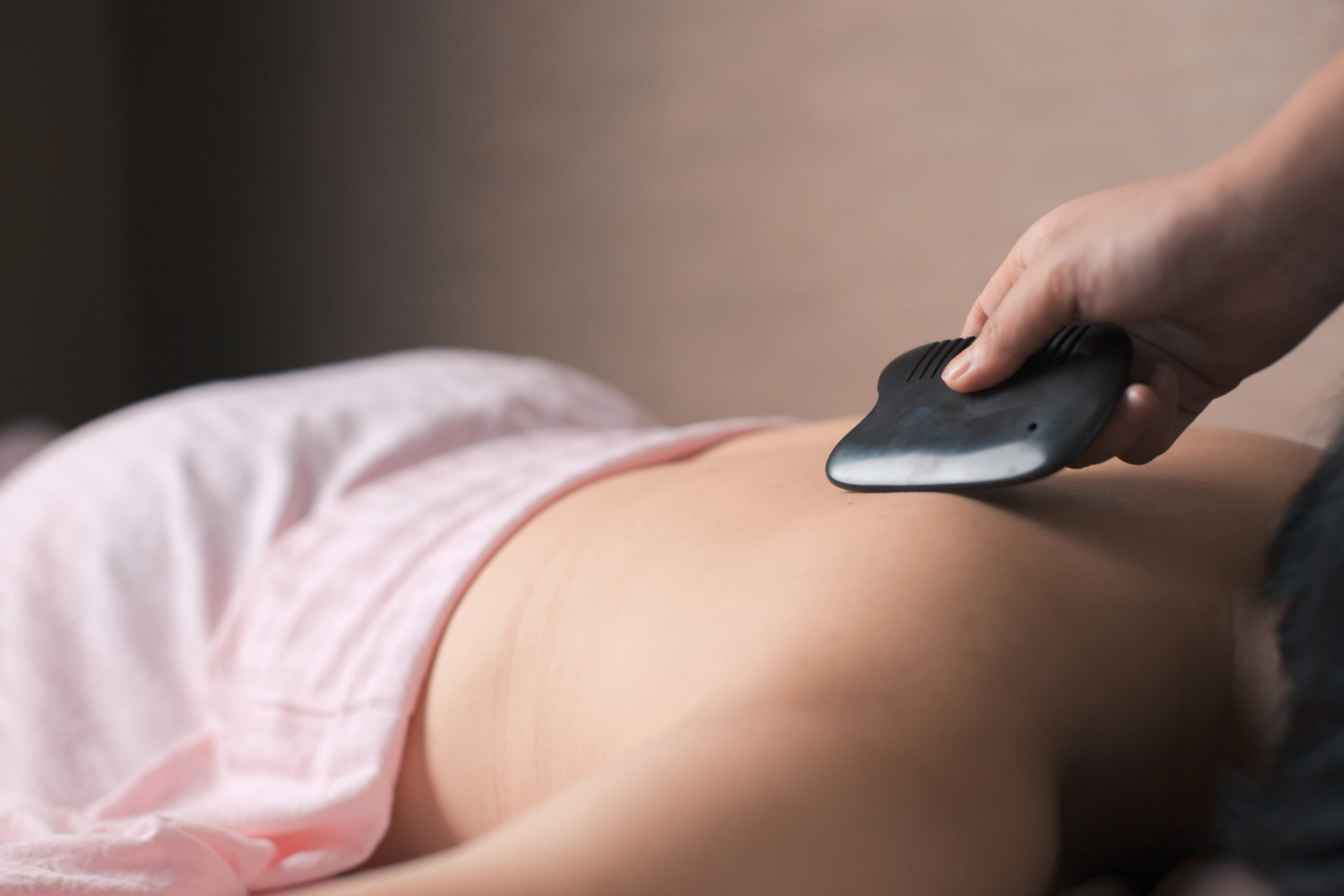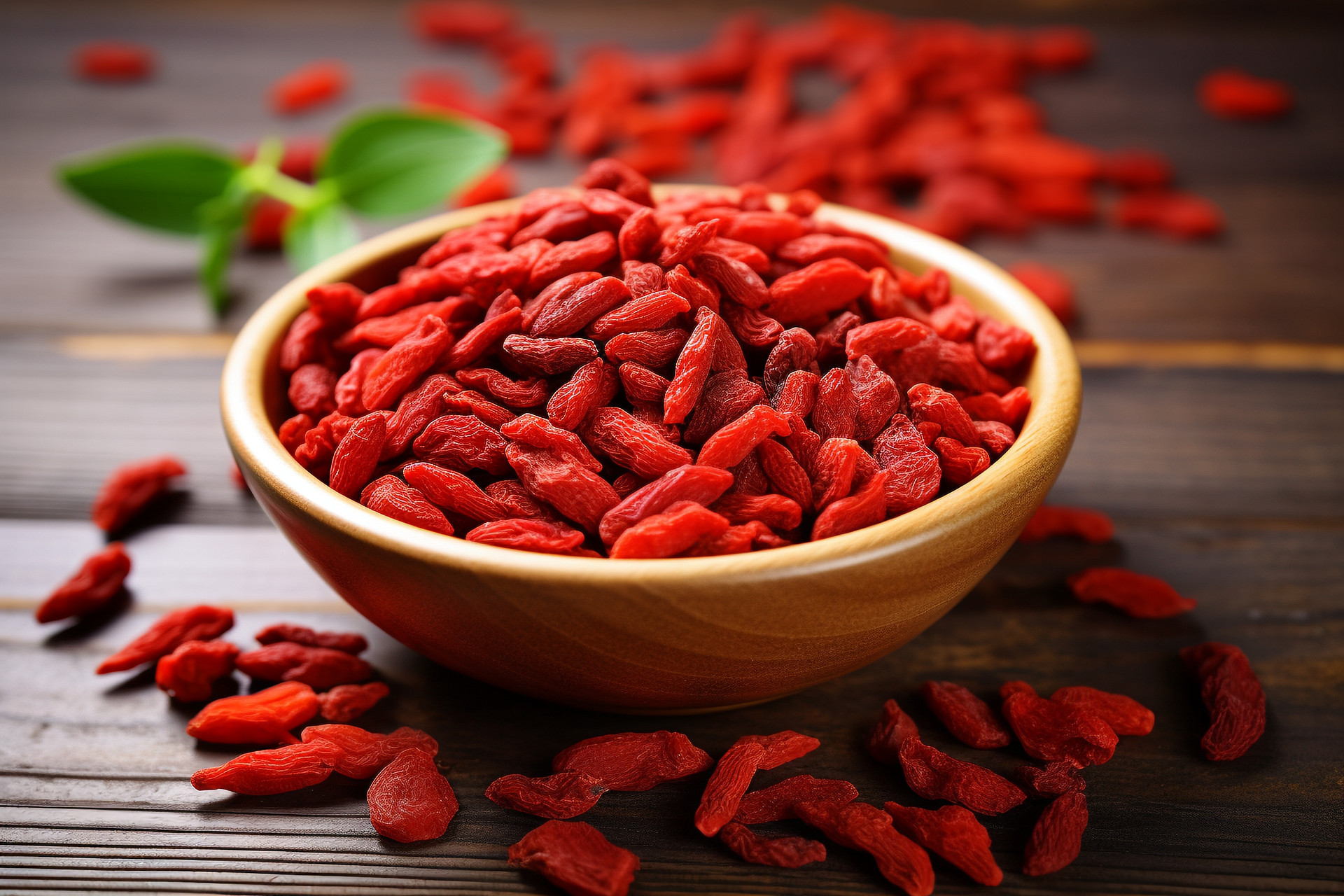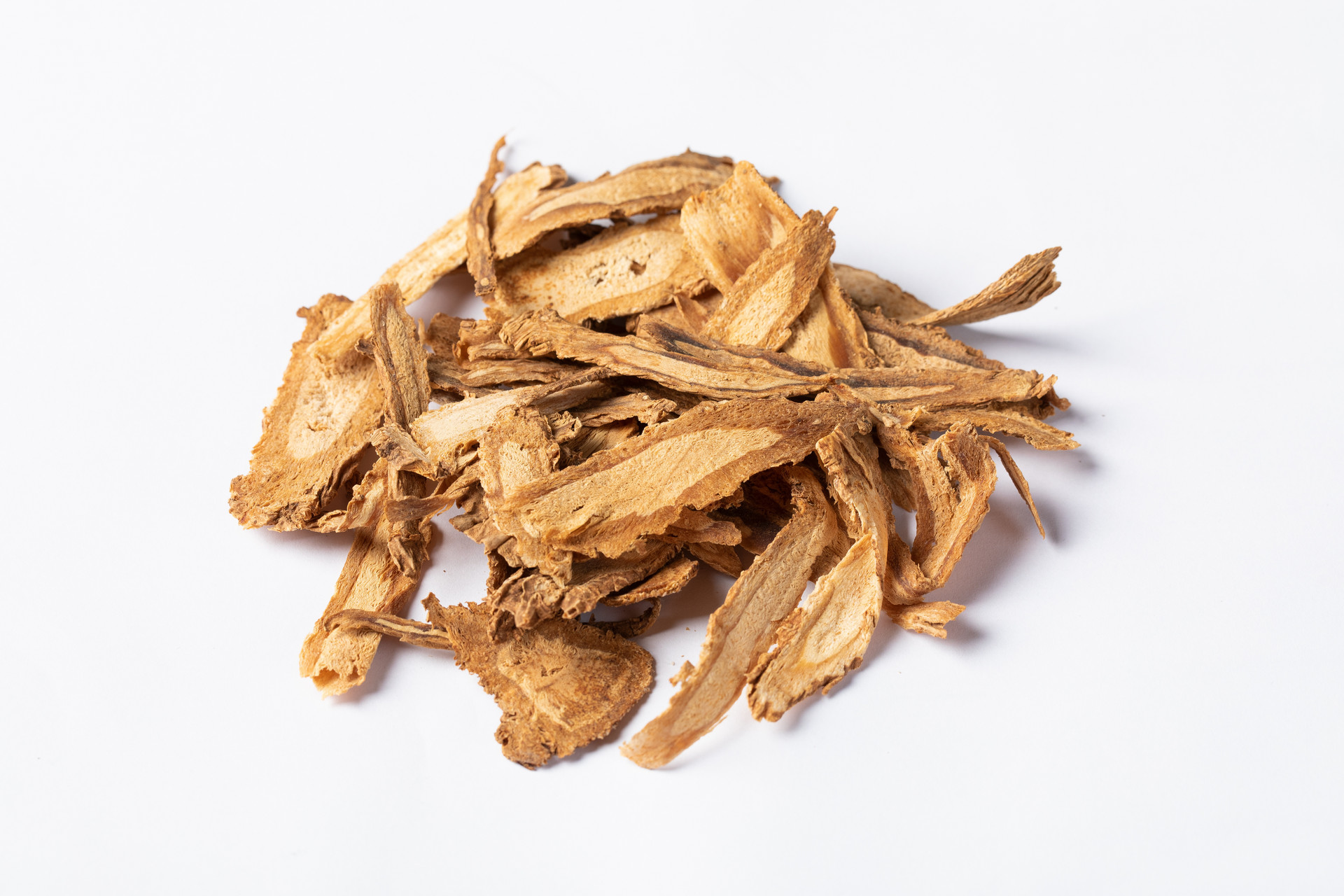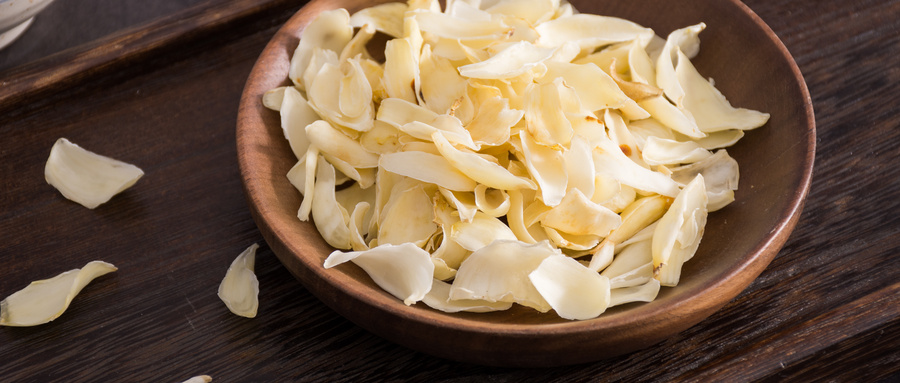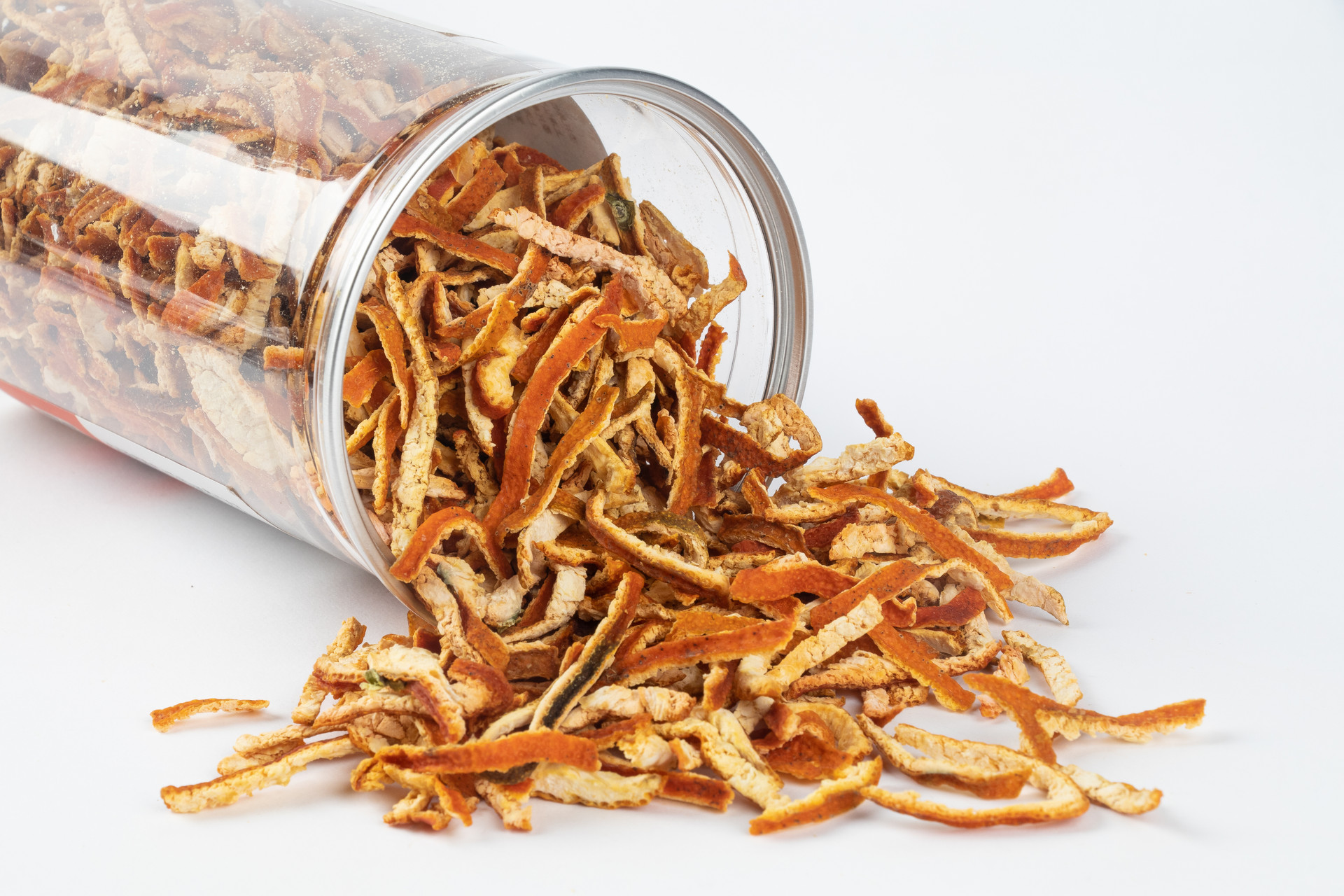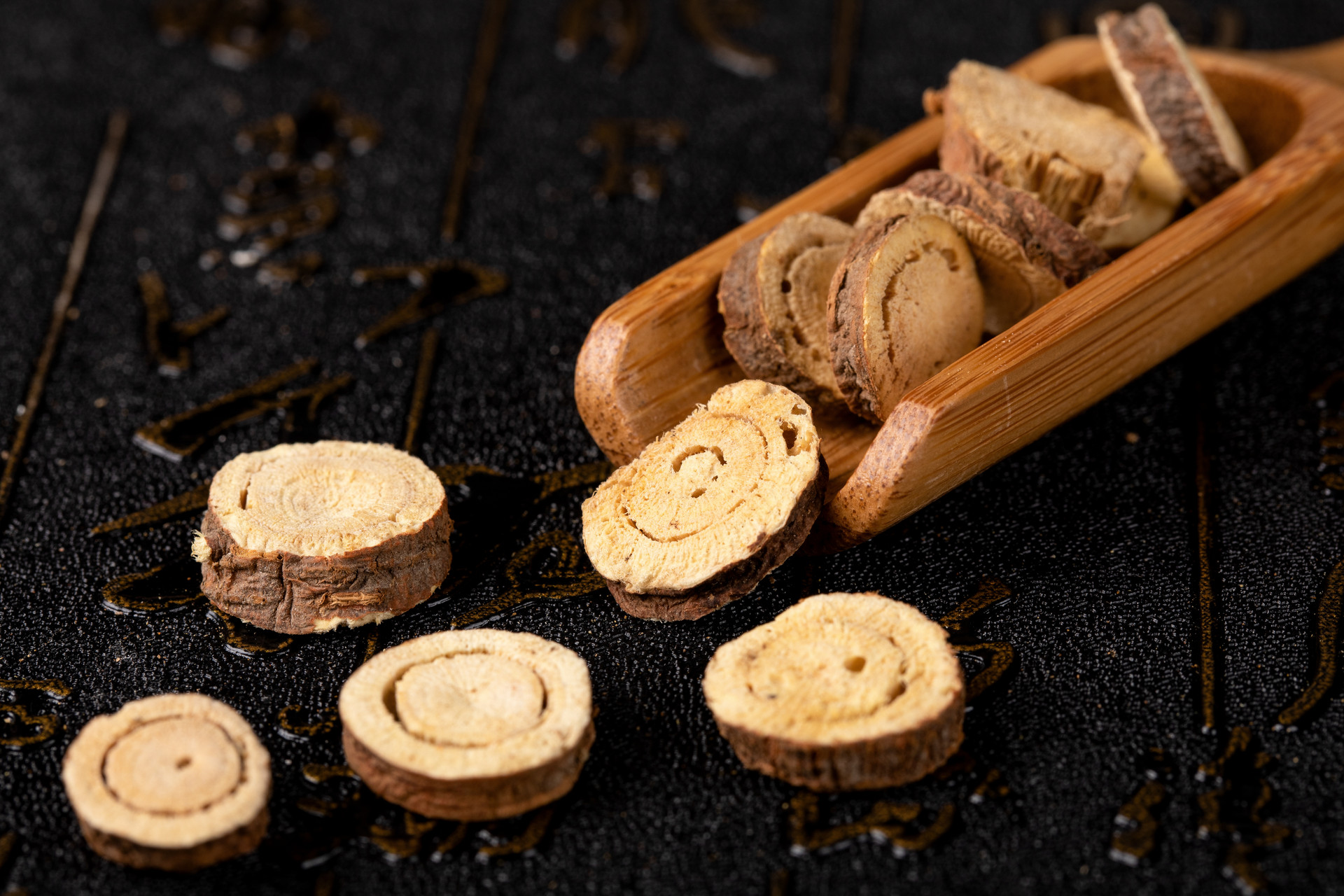Gendarussa vulgaris Nees, also known as Gubak Dan, is a plant of the Acanthaceae family. Its stems, leaves, or whole plant are used as medicine. It is harvested in summer and autumn, cleaned, cut into sections, and dried or used fresh.
[Processing Method] Take the raw material, remove impurities, clean it, slightly moisten until soft, cut into sections, and dry.
[Appearance of prepared slices] It is a mixture of stems and leaves, with a section length of 10 to 15mm. The stem is cylindrical, with four-angled lines on small branches, and swollen at the nodes. The young branches are green. The leaves are wrinkled, with narrow lanceolate or lanceolate-linear shape, gradually pointed at the apex, wedge-shaped at the base, with entire margins. The upper side is green, the lower side is yellow-green, and shiny; the midrib is thick. It has a slight odor and a mild taste.
[Processing function] Gendarussa vulgaris has a pungent and bitter taste, and is mild and neutral in nature. It enters the liver, kidney, and lung meridians. It has the functions of dispelling wind and dampness, promoting blood circulation, and strengthening tendons and bones. It is used for rheumatic pain, irregular menstruation, postpartum abdominal pain, bruises and swelling, and fractures. For example, Gendarussa vulgaris, Maple Mistletoe, Pu Yin, Tu Yan Tou, Button Eggplant, and One-root are decocted in water and taken orally to treat peripheral neuropathy (Taiwan Plant Medicine Book); it is stewed with pepper, Rock Lin, white and grass to make wine, and taken as a hot drink to treat postpartum abdominal pain (Yuxi Chinese Herbal Medicine). Proper processing and cutting are beneficial for the purification and adjustment of the medicine.



